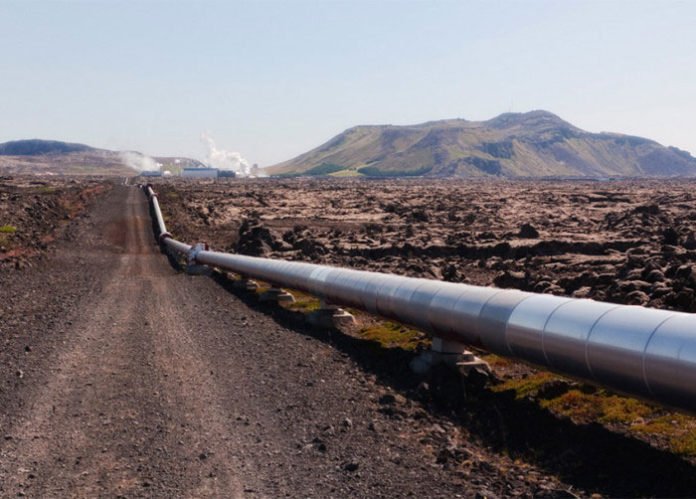The Kenya Pipeline Company (KPC) is planning to build another petroleum products pipeline between Mombasa and Nairobi barely four years after the commissioning of the line that currently moves fuel between the two cities.
The company said growing demand for petroleum products in Kenya and the region is causing a strain on the pipeline that started operations in 2018 and necessitating more investments including the construction of another line and increasing capacity at its inland depots.
That plan is among the reasons the company has asked for an increase in the tariff that oil marketing companies pay to use its pipelines and depots to move and store petroleum products.
KPC has made an application to the Energy and Petroleum Regulatory Authority (EPRA) for a 13 per cent increase on its transport and storage tariff to about USD 0.043 per cubic metre per kilometre over the 2022-23 financial year from the current USD 0.038.
The tariff will increase to about USD 0.046 per cubic metre per kilometre in the 2023-24 financial year but ease slightly during the 2024-25 financial year when the company expects to have completed building the pipeline.
KPC Chief Planning Officer Elizabeth Akinyi said the company had applied for a tariff review in January this year but later amended it in July to cater for the planned investments in the new pipeline.
“In our initial tariff application, we had not factored in the capital for enhancement for the Mombasa-Nairobi line where we plan to install a new line,” she told industry stakeholders at a public participation forum where EPRA is seeking views on the tariff application.
The money accruing from the higher tariff is also expected to enable KPC to increase its storage capacity at its depots in the Western Kenya region.
Ms Akinyi said KPC’s depots at Eldoret and Kisumu have been having “operational challenges” due to storage constraints.
Related: Kenya pursues land for Kenya Crude Oil Pipeline project
KPC said other than growing demand, there is also an increase in petroleum product flow rate from ships importing fuel to Kenya following the commissioning of the second Kipevu Oil Terminal (KOT) in August.
Previously, the old KOT could only allow one vessel to discharge but the new one allows three ships to discharge at the same time.
This could get to a point where the capacity of the current KPC facilities might not be able to receive and push inland products at a faster rate and could slow down discharge by ships.
Plans to build another pipeline come shortly after the commissioning of the new Mombasa-Nairobi pipeline.
The recently built Mombasa-Nairobi pipeline (Line 5) cost USD 400 million and started operations in 2018. It currently pumps about a million litres of fuel per hour but has the capacity to increase this to 1.8 million litres per hour.
This would, however, require investing in additional booster pumps along the pipeline.
Following the commissioning of Line 5, KPC continued using the old line to complement the new one until last year.
There have been concerns among industry stakeholders that the new line is not adequate to cater for the growing demand in both Kenya and the region.




